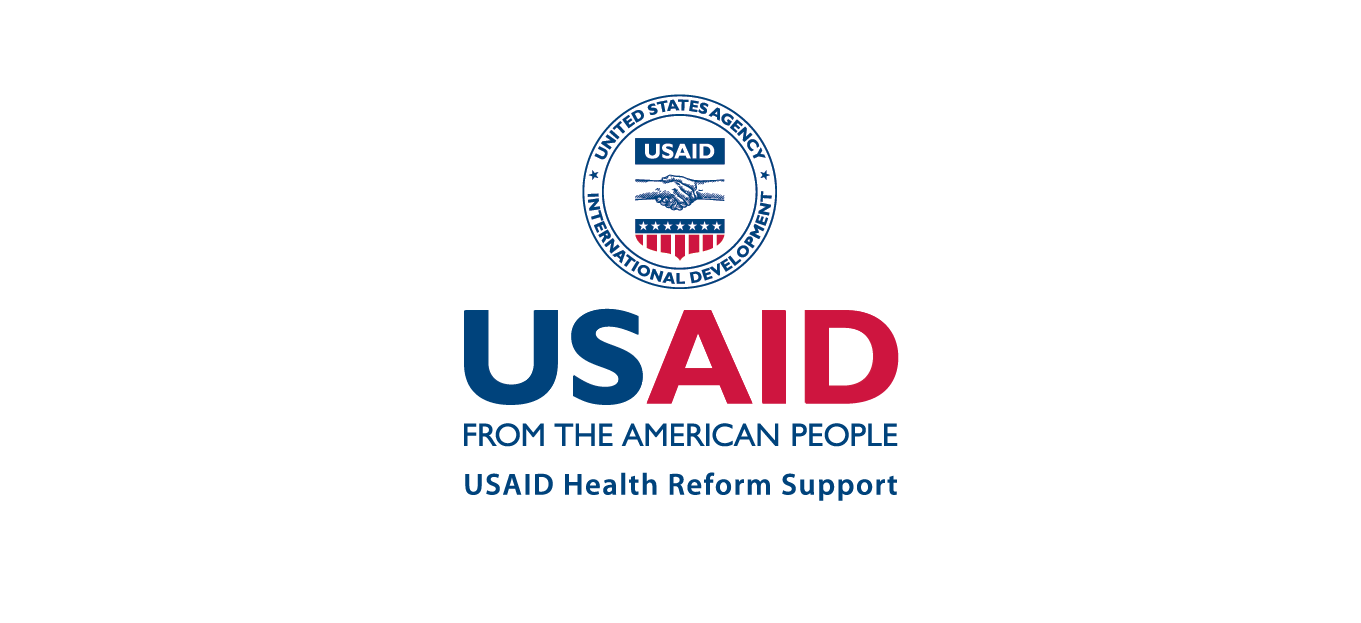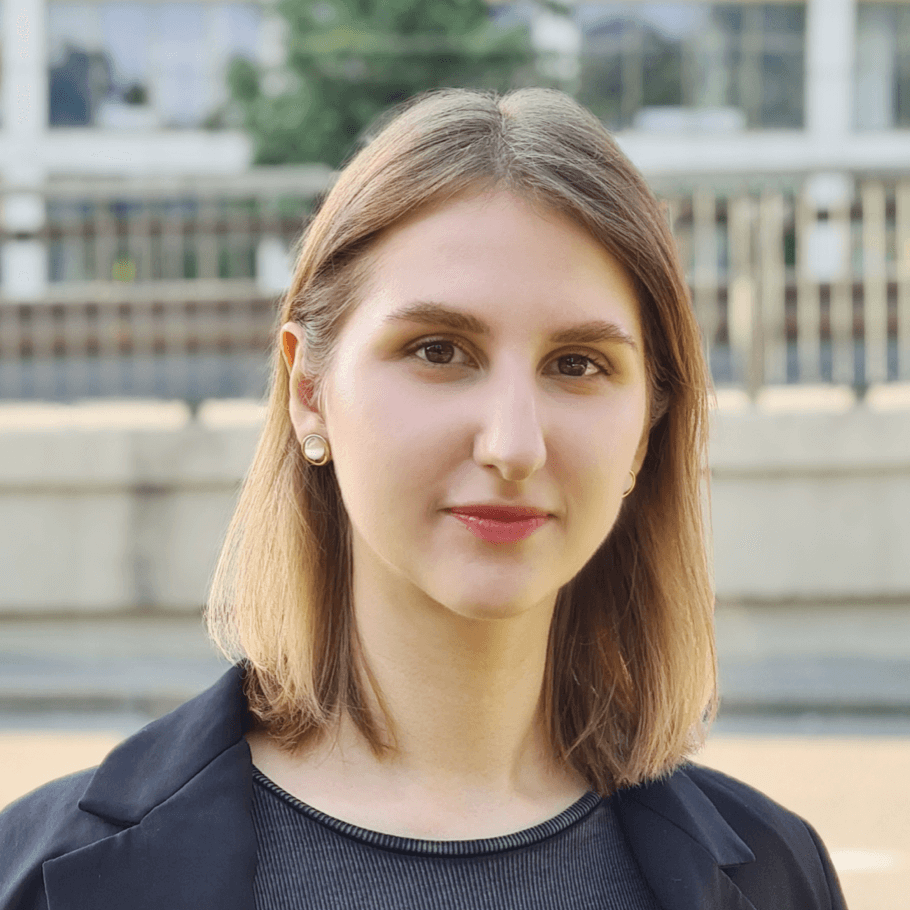In Ukraine, a new stage of medical reform has started — the infrastructural stage. As expected, many fakes spread around him, pro-Russian Telegram channels also contributed to this. They looked for “treason” in the reform: allegedly, that the new stage will lead to the mass dismissal of doctors and a reduction in the number of medical facilities, while the innovations will be financed from local budgets. And they also spread a fake that Ukrainians will not be able to receive medical services for free due to the reform.
With the support of the USAID Health Reform Support project, VoxCheck analyzes and refutes public health narratives spread in the information space of Ukraine, Belarus, and russia on a weekly basis.
What’s the reality?
On February 28, 2023, the Cabinet of Ministers of Ukraine adopted a resolution according to which the third, infrastructural stage of the medical reform was launched. Now a hospital district will be created in each oblast, and hospital clusters will be created within its borders. Hospital districts will be approved in March-April 2023.
The infrastructural stage of the medical reform involves the division of medical facilities into three types:
- general (intended to serve 40,000 or more people), to which patients can reach in no more than an hour, and the distance will not exceed 60 km. In medical facilities of this type, assistance will be provided in basic areas (anesthesiology, neurology, infectious diseases, orthopedics and traumatology, therapy, surgery);
- cluster (intended to serve 120,000 people or more), in which a wider list of medical services will be established (cardiology, allergology, dermatovenerology, psychiatry, transfusion, obstetrics and gynecology, pediatrics, ophthalmology, urology, transfusion, etc.);
- supercluster, where the most complex cases will be treated and medical services will be provided (in the areas of gastroenterology, neonatology, endocrinology, intensive care, cardiology, cardiac surgery, otolaryngology, pulmonology, rehabilitation, vascular surgery, etc.).
The goal of the medical reform is not the liquidation of existing medical facilities, but their full staffing. The Minister of Health of Ukraine, Viktor Liashko, reported that the specifics of each hospital will be clearly defined as part of the reform and the equipment necessary for providing services will be provided. It is expected that this will increase the capacity of medical institutions both in small towns and in cities with over a million population.
The Ministry of Health of Ukraine also explained that now the ambulance crews will know exactly which of the three types of institutions to send the patient to, depending on the complexity of his condition.
In addition, the state will equip hospitals with the necessary specialists in accordance with the specifics of the institution, as well as prioritize students for internships and employ them. At the same time, doctors will be offered to transfer to other medical institutions if there are more specialists than needed in their institution.
Also, the goal of the medical reform is to improve access to quality medicine in small towns and villages, as there will be a clear list of services that institutions are obliged to provide. Multidisciplinary medical facilities that serve a population of less than 40,000 people will not be included in the network, but they will not be closed. Instead, such hospitals will be integrated into primary care.
Also, the National Health Service of Ukraine (NHSU) will continue to contract medical institutions that provide two or more outpatient packages (a set of free medical services). This approach will be extended to private institutions as well. The National Health Service will also pay for the provision of medical services, and the coverage of utility bills and staffing will be the responsibility of the local government or community.
The new stage of the reform does not cancel free access to medical services in Ukraine. This year, the budget of the Medical Guarantee Program decreased from UAH 157 billion to UAH 142 billion, but the state will continue to cover primary, specialized and highly specialized, emergency, palliative care and medical rehabilitation. Also, in 2023, funding for some packages, such as surgery, was increased. And they added new areas of medical assistance — rehabilitation and psychological assistance.
UAH 4.7 million was allocated for the reimbursement of medicines under the “Affordable Medicines” program. The program reimburses pharmacies for the cost of certain prescription drugs dispensed to patients. This year, the program included 405 medicinal products, another 72 insulin preparations and 9 combined preparations.
This information piece was produced with the assistance of the United States Agency for International Development (USAID), provided on behalf of the people of the United States of America. This article’s content, which does not necessarily reflect the views of USAID, the United States Government, is the sole responsibility of Deloitte Consulting under contract #72012118C00001.
Attention
The authors do not work for, consult to, own shares in or receive funding from any company or organization that would benefit from this article, and have no relevant affiliations


